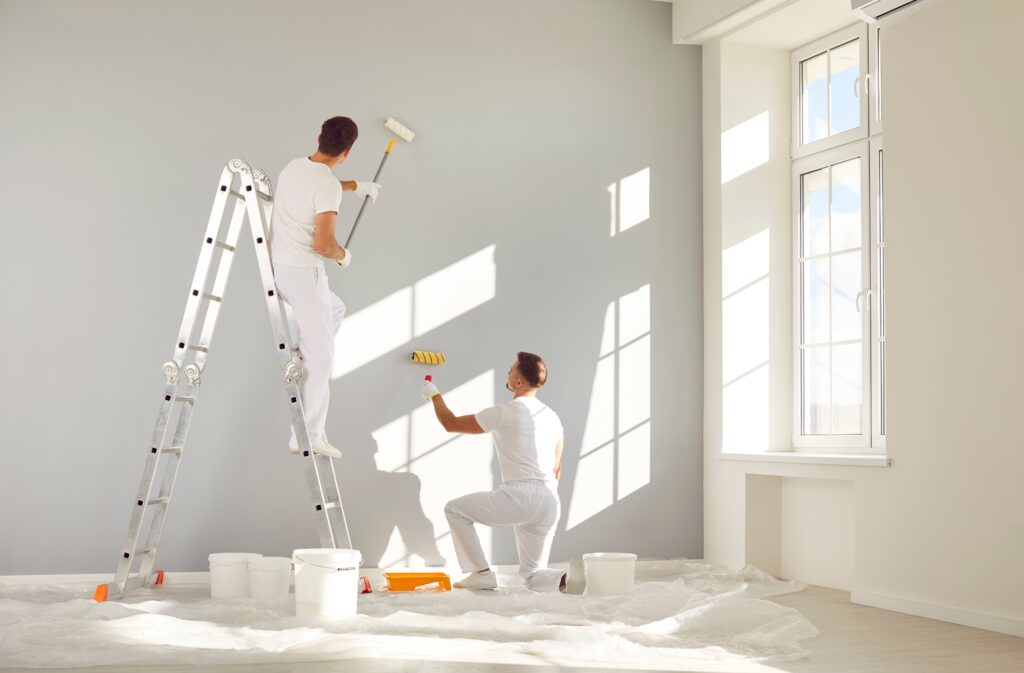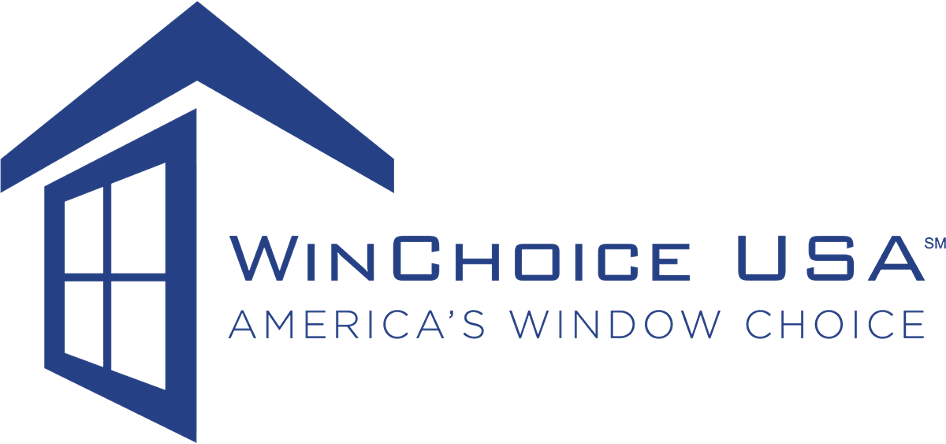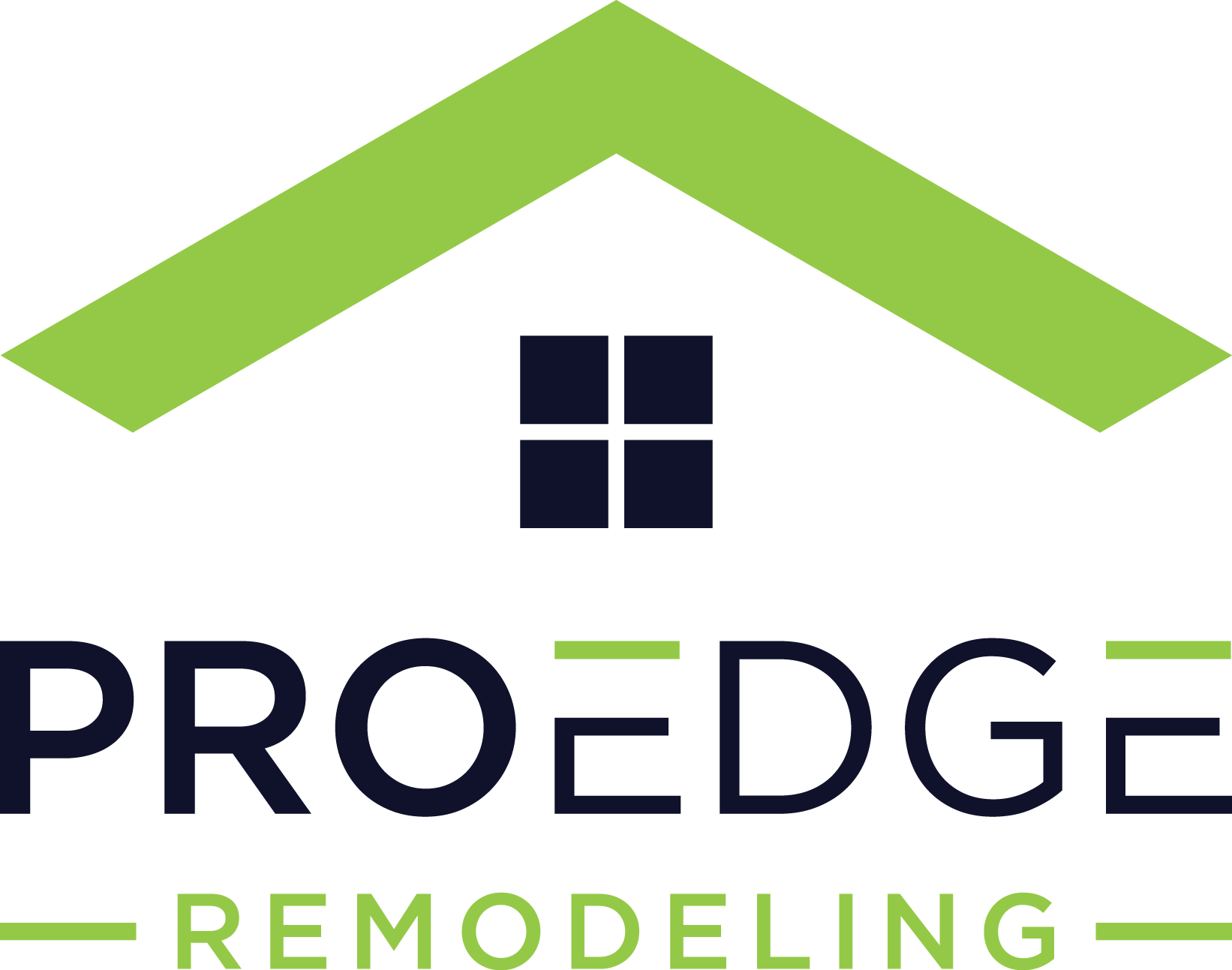How Much Does It Cost to Paint the Inside of a Home?

Painting the interior of your home is one of the simplest and most affordable ways to refresh your living space. A fresh coat of paint can instantly make rooms feel cleaner, brighter, and more inviting, whether you’re tackling a single accent wall or repainting the entire house.
Before you get started, it helps to know what the project might cost. Most homeowners spend just over $2,000 on interior painting, but the actual amount can vary. Smaller DIY jobs may come in under $1,000, while large homes with high ceilings or premium finishes can push the total past $10,000.
The final price depends on several key factors, including the size of the space, the quality of the paint, how much prep work is needed, and the going rate for labor in your area.
Table of Contents
Average Cost to Paint a Home Interior
Understanding baseline pricing helps you set realistic expectations and compare contractor quotes effectively.
National Average Pricing
Professional interior painting typically costs $2 to $6 per square foot when including walls, trim, and ceilings, or $1 to $3 per square foot for walls only. According to recent industry data from Angi, these prices reflect the current market rates for quality workmanship and materials.
Approximate Cost by Home Size
- 1,000 sq ft home: $2,000 – $6,000
- 1,500 sq ft home: $4,500 – $6,000
- 2,000 sq ft home: $6,000 – $8,000
- 2,500 sq ft home: $7,500 – $10,000
DIY vs Hiring a Professional
Painting your home yourself can save money, but it’s important to weigh those savings against time, effort, and potential quality trade-offs.
DIY Painting
For many homeowners, doing it yourself means spending $200 to $300 on supplies like rollers, brushes, drop cloths, and paint. This can save you up to $1,800 in labor, based on national averages from HomeAdvisor. But it also requires significant time—often several weekends—and any mistakes could lead to costly rework.
Why Hire a Professional
Bringing in a pro may cost more upfront, but it comes with several key advantages:
- Clean, even results with crisp edges
- Faster turnaround (typically 1 to 3 days)
- Thorough surface prep to ensure paint adhesion
- Access to better tools and premium-grade materials
- Paint warranties and workmanship guarantees
If you’re painting a large area, dealing with damaged walls, or aiming for a polished finish, a professional painter is often the better long-term value.
Factors That Affect Interior Painting Costs
Many factors beyond just square footage can have a major effect on your total painting costs. Room layout, wall condition, ceiling height, trim detail, and even paint color choices all play a role in how much you’ll ultimately spend. Understanding these variables helps you budget more accurately and avoid surprise expenses.
Square Footage and Room Count
Home size is the primary cost driver. The average room measures 10-by-12 feet, and costs scale proportionally with additional rooms and square footage.
Type and Quality of Paint
Paint quality significantly impacts both upfront costs and long-term durability:
- Basic paint: $15-30 per gallon
- Premium paint: $40-70 per gallon
- Specialty paints: $50-80+ per gallon
Wall Condition and Prep Work
The condition of your walls can significantly affect both the cost and outcome of your painting project. Textured surfaces usually require more paint because of their larger surface area, sometimes using nearly twice as much as smooth walls. If your walls have holes, cracks, or water damage, expect to pay more for repairs and preparation. In some cases, this prep work can increase the total cost by 30% to 50%. Proper preparation is essential to ensure the paint adheres well and lasts over time.
Geographic Location
Labor and material costs can vary significantly depending on where you live. In some areas, painting a home may cost considerably more due to higher demand, local wage standards, or limited availability of skilled contractors. Regional price fluctuations can affect both hourly rates and overall project expenses, so it’s important to get local estimates before setting a budget.
Interior Painting Cost Breakdown by Room
Painting costs can vary by room depending on size, surface conditions, and how the space is used. Bathrooms and kitchens, for example, often require moisture-resistant paint, which can be more expensive. High-traffic areas like hallways may benefit from more durable finishes that resist scuffs and stains, while larger rooms naturally require more paint and labor. Factoring in these differences helps you estimate costs more accurately room by
Living Spaces
- Living room: $350 – $1,200 (depending on size)
- Bedroom: $300 – $800
- Dining room: $250 – $600
High-Traffic Areas
- Kitchen: $400 – $1,000 (requires durable, washable paint)
- Bathroom: $200 – $500 (needs moisture-resistant paint)
- Hallways: $200 – $400 per 100 linear feet
Additional Spaces
- Ceilings: Add 20-30% to wall costs
- Trim and baseboards: $2-4 per linear foot
- Closets: $150 – $300 each
Paint Cost by Type and Finish
Choosing the right paint type and finish plays a big role in both appearance and durability. Some finishes are better suited for high-traffic or moisture-prone areas, while others are ideal for low-maintenance spaces.
Paint Finish Comparison
Finish | Best For | Durability | Cost |
Flat/Matte | Bedrooms, ceilings, low-traffic areas | Low | $ |
Eggshell | Living rooms, bedrooms, hallways | Medium | $$ |
Satin | Kitchens, bathrooms, high-traffic areas | High | $$$ |
Semi-Gloss | Trim, doors, cabinets | Very High | $$$$ |
High-Gloss | Cabinets, furniture, accent pieces | Highest | $$$$$ |
Specialty Paint Options
- Low-VOC paints: Add $5-10 per gallon for healthier indoor air quality
- Mildew-resistant: Essential for bathrooms, adds $3-8 per gallon
- Primer-paint combos: Save time but cost 15-25% more than separate products
Brand Comparisons
Your choice of paint brand can affect both the cost and overall finish. Here’s a breakdown of well-known options to help guide your selection.
Premium Brands
- Benjamin Moore ($57 average per gallon): Superior color accuracy and coverage
- Sherwin-Williams ($53 average per gallon): Excellent durability and professional finish
Budget-Friendly Options
- Behr (around $40 per gallon): Good coverage at lower price point, available at Home Depot
- Valspar: Reliable performance for everyday use
Labor Costs: What to Expect
Most painters charge between $20 and $50 per hour, or $200 to $500 per day, depending on experience and local labor rates. Labor typically accounts for 70% to 85% of the total painting cost.
What’s Typically Included
A standard interior paint job includes:
- Surface preparation (cleaning, sanding, patching)
- Primer application when needed
- Paint application (usually two coats)
- Trim and detail work
- Cleanup and disposal
- Basic furniture moving
Choosing a Painting Contractor
Hiring the right painter helps ensure a smooth process and quality results. When comparing bids:
- Verify licensing and insurance to protect against liability.
- Ask for references and recent project photos.
- Look for warranties—1 to 3 years is typical for workmanship.
- Request a detailed estimate that clearly outlines materials, labor, and prep.
- Confirm the project timeline so you know what to expect.
Tips to Save Money on Interior Painting
Smart planning and selective DIY work can significantly reduce your project costs without compromising quality.
Strategic Planning
- Bundle rooms together: You’ll often get better pricing per square foot with larger jobs.
- Time it right: Painters tend to offer better rates during the off-season (late fall or winter).
- Focus on key spaces: Prioritize rooms like the living room or kitchen over closets and hallways.
DIY Prep Work
If you’re comfortable, handle these tasks before the pros arrive:
- Wash walls and repair small dents or holes
- Move furniture and cover floors
- Remove switch plates and outlet covers
- Apply painter’s tape to protect edges (if you’re confident doing so)
Smart Paint Purchases
- Buy during promotions or off-season sales
- Use paint and primer combinations to save time
- Stick with similar tones if repainting. Dramatic color changes often need more coats
DIY vs Hiring a Professional
The right approach depends on your time, skill level, and the size of the job.
DIY Is a Good Fit When:
- You’re working on a small space like a bedroom or hallway
- The walls are in good condition and don’t need extensive prep
- You have time and tools, and are okay with a moderate learning curve
- You’re using forgiving finishes like matte or eggshell
Hire a Pro When:
- The project involves tall ceilings, staircases, or detailed trim
- You want a high-gloss or specialty finish
- Time is limited and you need fast results
- Your walls need significant repair or prep
- You want a warranty and peace of mind
Signs It’s Time to Repaint
Knowing when to repaint helps you stay ahead of wear and maintain your home’s appearance.
Visual Clues
- Peeling or cracking paint: Often caused by age or humidity
- Faded or discolored walls: Common in rooms with lots of sunlight
- Scuff marks and stains: That resist cleaning
- Small holes and dents: From daily use or wall hangings
Lifestyle Triggers
- Preparing your home for sale
- Welcoming a baby or other life changes
- Redecorating or updating your interior style
- Switching from dark to lighter colors for a more open feel
Maintenance Timeline
On average, interior walls need repainting every 3 to 10 years. High-traffic areas and homes with children or pets may require touch-ups more often, while low-use spaces can go longer between repaints.
FAQs About Interior Painting Costs
How long does interior paint last?
High-quality interior paint typically lasts 3-10 years, with premium paints in low-traffic areas lasting longer than basic paints in high-traffic spaces.
Can I paint over dark walls with light paint?
Yes, but it usually requires primer and multiple coats. Dark-to-light color changes can increase project costs by 30-50% due to additional materials and labor.
Do I need primer?
Primer is essential when changing colors dramatically, painting over stains, or working with new drywall. Many modern paints include primer, but separate primer often provides better coverage.
Is it cheaper to paint myself?
DIY can save $1,700-$1,800 in labor costs, but consider your time value, tool costs, and potential mistakes. For complex projects or when quality is paramount, professional painters often provide better value.
How do I get accurate cost estimates?
Contact 3-5 local painters for detailed quotes. Provide specific information about room sizes, current wall conditions, desired paint types, and timeline expectations.
Conclusion
Interior painting costs can vary widely depending on the size of your home, the quality of paint you choose, regional labor rates, and the complexity of the job. While most homeowners spend around $2,000, smaller DIY projects may cost less than $1,000, and high-end professional jobs in large homes can exceed $10,000.
The success of your project comes down to prioritizing what matters most—budget, timeline, and the quality of the finish. If you’re confident in your skills and have the time, DIY painting can offer substantial savings. On the other hand, hiring a professional brings experience, efficiency, and peace of mind, especially for larger or more detailed work.
Ready to transform your home’s interior? Start by getting multiple quotes from licensed contractors in your area.
Additional Painting Resources

Anna has over six years of experience in the home services and journalism industries and serves as the Content Manager at MyHomePros.com, specializing in making complex home improvement topics like HVAC, roofing, and plumbing accessible to all. With a bachelor’s degree in journalism from Auburn University, she excels in crafting localized, comprehensive guides that cater to homeowners’ unique needs. Living on both coasts of the United States has equipped her with a distinctive perspective, fueling her passion for turning any house into a cherished home through informed, personalized decision-making.








